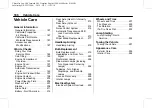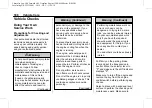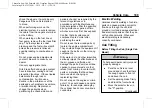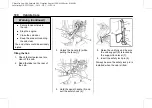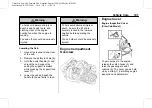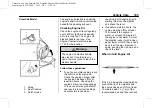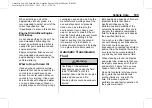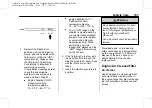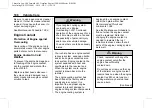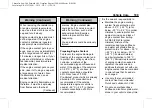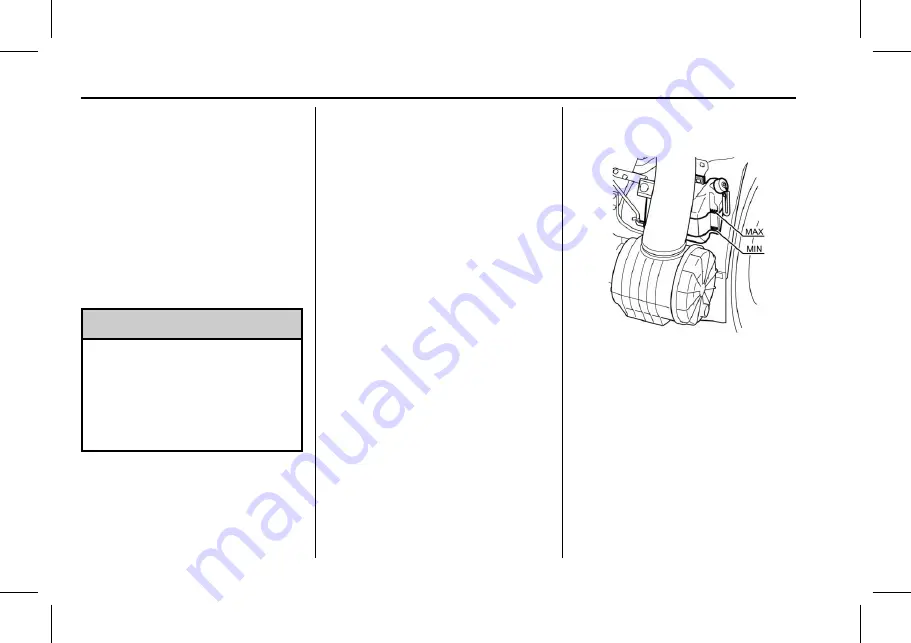
Chevrolet Low Cab Forward 6.0L Gasoline Engine 3500/4500 Series (GMNA-
Localizing-U.S.-12533400) - 2019 - CRC - 11/19/18
200
Vehicle Care
They will boil at a lower point
than that at which the engine
coolant temperature gauge will
warn of overheating, and they do
not provide proper protection
against corrosion.
Engine Coolant Quantity
For the quantity of engine coolant,
see
. After changing the engine
coolant, check that the engine
coolant is up to the specified level.
{
Warning
For storage, close the cap of
coolant container securely and
keep it in a place inaccessible to
children.
You and others could be seriously
injured.
Using any coolant other than that
recommended by your dealer could
cause damage to the engine,
radiator or heater core. In particular,
use of coolants containing borate
salts or silicates may result in
engine or radiator corrosion,
causing engine coolant leaks and
other problems.
To dilute the coolant, use distilled
water or deionized water.
Do not use the coolant at any
coolant concentration other than
that specified. If the coolant
concentration is 60% or higher,
overheating is likely to occur, while
if it is 30% or lower, anti-corrosion
function is not provided sufficiently.
Using coolant at any coolant
concentration other than that
specified may reduce anti-freezing
performance, and engine coolant
may freeze.
If the engine coolant decreases
rapidly, go immediately to the
nearest dealer for a check and
repair.
Checking the Engine Coolant
Level
For the single cab model, the
engine coolant reserve tank is
located behind the front-right wheel.
See
When the engine has cooled down,
make sure that the fluid level in the
engine coolant reserve tank is no
lower than the
“
MIN
”
line. In
addition, carefully remove the
radiator cap and check to see if it is
damaged. Check that the engine
coolant is full to the filler neck.
Check the engine coolant level only
when it is cold.

